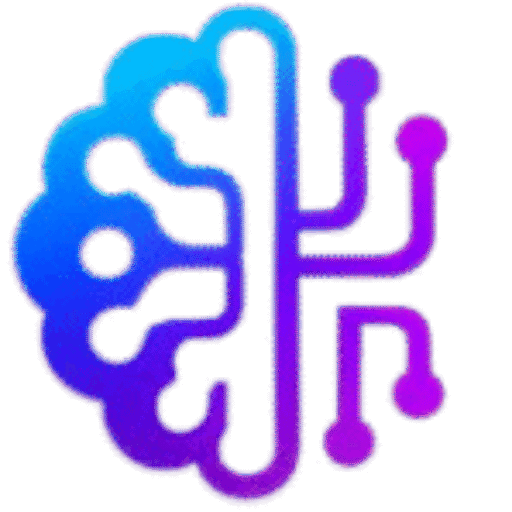Best AI Tool for Product Designers: 10 Must-Have Tools to Boost Creativity and Efficiency in 2025
Introduction
Are you a product designer struggling to meet deadlines or looking to enhance your creative process? In today’s competitive digital space, designers can’t afford to work slowly. That’s where artificial intelligence (AI) steps in. AI is rapidly transforming the design world, offering tools that automate tasks, spark creativity, and speed up workflows.
In this guide, we’ll explore the 10 best AI tools for product designers in 2025. Whether you’re sketching a new UI, picking color palettes, or building interactive prototypes, these tools will help you work smarter, not harder.
Why Product Designers Need AI Tools
Product design involves a blend of creativity, research, testing, and technical execution. Managing all this manually can drain your time and energy. Here’s how AI tools can help:
- Automate repetitive tasks
- Enhance design thinking
- Improve team collaboration
- Generate intelligent suggestions
- Speed up the prototyping process
- By integrating AI tools, you can focus more on creativity and innovation—the true heart of design.
1. Uizard—Turn Sketches into UI Designs
Best For: Quick mockups and wireframes
Website: https://uizard.io
What it Does:
Uizard uses AI to turn hand-drawn sketches into professional digital UI designs. It’s perfect for beginners or teams that need rapid prototyping.
Key Features:
- Sketch-to-design conversion
- AI-generated themes and templates
- Text assistant for UX content
Use Case: Design a mobile app wireframe in under 5 minutes.
Internal Anchor Text: Learn how to create wireframes using Uizard.
2. Khroma—AI Color Palette Generator
Best For: Color combinations and branding
Website: https://khroma.co
What it Does:
Khroma learns your favorite colors and generates endless combinations tailored to your style.
Key Features:
- Personalized color palettes
- Contrast suggestions for accessibility
- Real-time previews on text and UI elements
Why You Need It: Consistent branding starts with the right colors.
3. Runway ML—Smart Image & Video Editing
Best For: Design assets and presentations
Website: https://runwayml.com
What it Does:
Runway ML is a suite of AI-powered tools for video editing, image enhancement, and more.
Key Features:
- Background removal
- AI image generation
- Real-time video editing
Pro Tip: Use it to create product animations and demo videos without a video editing team.
4. Galileo AI—Generate UI from Text Prompts
Best For: MVP designs and ideation
Website: https://galileo.ai
What it Does:
Galileo turns your text descriptions into visually appealing UI designs instantly.
Key Features:
- Text-to-UI generation
- Export to Figma
- Mobile and web layouts
Example: Type “login screen with social login and dark mode” and get a fully designed interface.
5. Figma AI Plugins—Magician, Autodraw, etc.
Best For: Real-time collaboration and design workflows
Website: https://figma.com
What it Does:
Figma supports AI plugins like Autodraw and Magician that enhance your productivity.
Key Features:
- Generate content from prompts
- Icon generation
- Smart resizing
Internal Anchor Text: Discover more AI tools that integrate with Figma.
6. Midjourney—AI Art & Visuals
Best For: Concept art and hero images
Website: https://midjourney.com
What it Does:
Midjourney creates realistic and artistic visuals based on text prompts. Ideal for designers who need visuals fast.
Key Features:
- Stylized images
- High-resolution art
- Custom prompts for unique output
Use Case: Generate images for product packaging or design concept boards.
7. ChatGPT—UX Writing & Ideation
Best For: Brainstorming, copywriting, and feedback
Website: https://chat.openai.com
What it Does:
ChatGPT helps you with idea generation, user personas, UX microcopy, and even design critiques.
Key Features:
- Content generation
- Design prompts
- Persona creation
Tip: Use it to polish your UX messages or onboarding flows.
8. Framer AI—Instant Website Creation
Best For: Designers who want live web demos
Website: https://framer.com
What it Does:
Framer turns written prompts into full websites—great for showcasing your product ideas.
Key Features:
- Drag-and-drop builder
- Animation presets
- SEO-optimized output
Internal Anchor Text: Explore how to build a product page with Framer AI.
9. Notion AI—Design Management & Docs
Best For: Organizing research and design tasks
Website: https://notion.so
What it Does:
Notion AI helps you write, organize, and summarize project-related documents.
Key Features:
- Task checklists
- Meeting note summaries
- Design research documentation
Why Designers Use It: It keeps all project materials in one AI-powered workspace.
10. Jasper AI—Copywriting for Product Pages
Best For: Product content and marketing text
Website: https://jasper.ai
What it Does:
Jasper AI creates persuasive and professional content for websites, product pages, and CTAs.
Key Features:
- Templates for UI/UX copy
- Tone customization
- Multilingual writing support
Use Case: Improve the text on product onboarding screens or pricing pages.
Final Thoughts: Which AI Tool is Best for You?
Each AI tool offers unique benefits, so choose based on your needs:
| Task | Tool Suggestion |
|---|---|
| Sketch to UI | Uizard, Galileo |
| Color selection | Khroma |
| Team collaboration | Figma AI, Notion AI |
| Visual and video creation | Midjourney, Runway ML |
| UX writing & content | ChatGPT, Jasper |
| Rapid website creation | Framer AI |
Start small—pick 1 or 2 tools and explore how they fit into your workflow. The more you use AI tools, the more you’ll realize how much creative energy you can unlock.
Call to Action
Which of these AI tools will you try first?
Let us know in the comments!
Want more AI tool reviews and tutorials? Subscribe to our newsletter for weekly insights.





